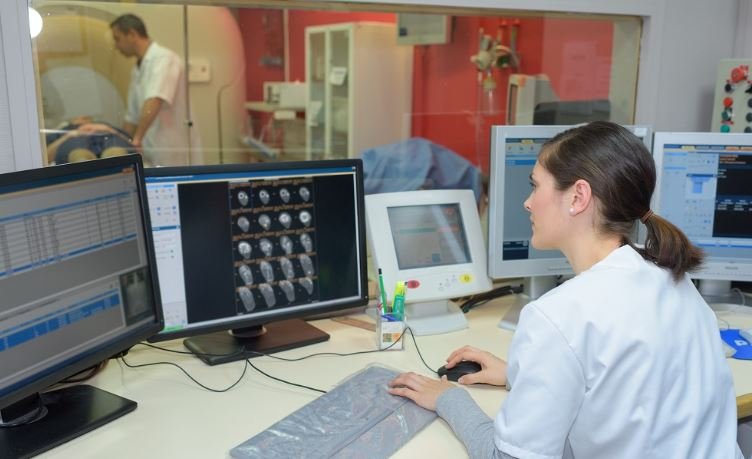Creating a new operating system (OS) presents a series of complex challenges. These challenges stem from the need to design a system that effectively manages hardware resources, supports a wide range of applications, and ensures security and reliability. As technology evolves, developers must navigate numerous obstacles to create an OS that meets the needs of modern computing environments while staying adaptable for future advancements. Explore Operating System Development Challenges.

Defining System Architecture
One of the primary challenges in developing a new OS is defining its architecture. The system architecture dictates how the OS manages hardware resources, handles processes, and interacts with software. Developers must decide between different kernel architectures, such as monolithic, microkernel, or hybrid, each of which has its advantages and trade-offs. Choosing the right architecture involves balancing performance, flexibility, and complexity to suit the intended use case of the OS.
Hardware Compatibility
Ensuring compatibility with various hardware components is another significant challenge. A new OS must work seamlessly with a broad range of hardware, including processors, memory, storage devices, and peripherals. Developers must create drivers and interfaces that allow the OS to interact with diverse hardware configurations. This requires extensive testing and validation to ensure that the OS performs reliably across different hardware setups.
Performance Optimization
Performance is a critical factor in the success of any operating system. Developers must optimize the OS to ensure efficient resource management, minimal latency, and smooth multitasking. This involves fine-tuning the OS’s scheduling algorithms, memory management, and input/output operations. Achieving high performance often requires iterative testing and adjustments to balance speed and resource utilization effectively.
Security and Privacy
Security and privacy are paramount concerns in OS development. Developers must implement robust security measures to protect against threats such as malware, unauthorized access, and data breaches. This includes designing secure authentication mechanisms, encryption protocols, and regular updates to address vulnerabilities. Ensuring that the OS maintains user privacy and complies with data protection regulations adds another layer of complexity to the development process.
User Interface and Usability
Creating a user-friendly interface is essential for the adoption and success of a new OS. The OS must provide an intuitive and accessible user experience, including a clear graphical interface, easy navigation, and customizable settings. Developers must consider the needs and preferences of diverse user groups, including both novice and experienced users, to design an interface that enhances productivity and satisfaction.
Application Support
Supporting a wide range of applications is crucial for the viability of a new OS. Developers must ensure that the OS can run existing software applications and provide tools for developers to create new ones. This may involve developing compatibility layers, application programming interfaces (APIs), and software development kits (SDKs) to facilitate application development and integration.
Testing and Debugging
Thorough testing and debugging are essential to ensure the stability and reliability of the new OS. Developers must conduct extensive testing across various scenarios and hardware configurations to identify and resolve bugs and performance issues. This process can be time-consuming and resource-intensive but is critical for delivering a robust and dependable operating system.
Maintaining and Updating the OS
Once the OS is released, ongoing maintenance and updates are necessary to address issues, introduce new features, and improve performance. Developers must establish a process for managing updates, patches, and user feedback to ensure the OS remains secure and relevant over time. Balancing the need for continuous improvement with the demands of maintaining stability and compatibility presents an ongoing challenge.
Conclusion
Developing a new operating system involves navigating numerous challenges, including defining system architecture, ensuring hardware compatibility, optimizing performance, and addressing security concerns. Developers must also focus on creating a user-friendly interface, supporting a wide range of applications, and implementing effective testing and debugging processes. By addressing these challenges, developers can create an operating system that meets the needs of modern computing environments and adapts to future technological advancements.

